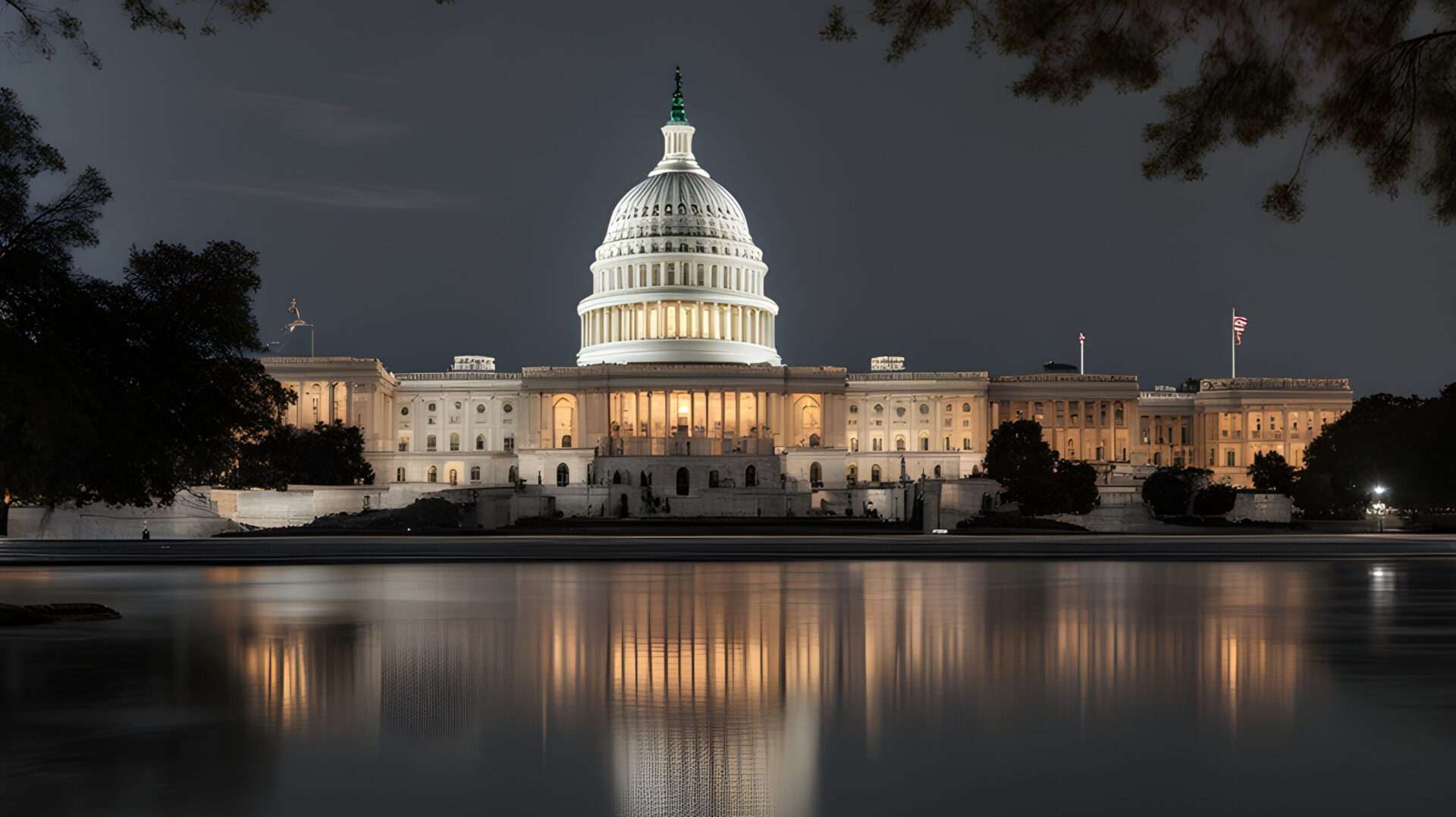Understanding Executive Orders
It is important to understand that executive orders are not legislation. The president enacts these orders on his or her own, without any approval from Congress. Most executive orders are enforced because the president desires to bypass Congress. Congress cannot overturn them, as only a sitting president can overturn an executive order made by a former president. Congress can do everything in their power to make the executive order not have a large effect, such as making a law that would remove funding that would go directly to the president’s executive order. The president can possibly veto this defunding, however. Executive orders are legally binding, and the Supreme Court has upheld a majority of executive orders.
Executive orders are especially controversial in today’s politics. Presidents have long defended their use of executive orders with the argument of this power being granted to the executive branch through the Constitution. The effects of executive orders can be tremendous and long-lasting such as executive orders dealing with domestic policy and war.
In Conclusion
There are famous executive orders that presidents from the past to recent times have put into place. President Abraham Lincoln, through the power of an executive order suspended the writ of habeus corpus, and declared the Emancipation Proclamation, which freed all persons held as slaves in the United States. President Franklin D. Roosevelt, the president who has issued the most executive orders, issued an order in 1942 that led to the Japanese-American internment camps during World War II.
President Ronald Regan issued an executive order that banned federal funds from being distributed for abortions in 1984. Also President Clinton reversed this executive order when he took office in 1993. President Obama issued one in 2012, which halted the deportation of hundreds of thousands of illegal immigrants that were brought to the United States as children. Most recently, President Trump has issued an executive order on May 28, 2020 on preventing online censorship.
Sources:
https://www.cnbc.com/2014/01/28/executive-orders-what-they-are-and-how-they-work.html
https://sunlightfoundation.com/2014/07/24/how-accessible-are-executive-orders-in-each-of-the-50-states/

Leave a Reply